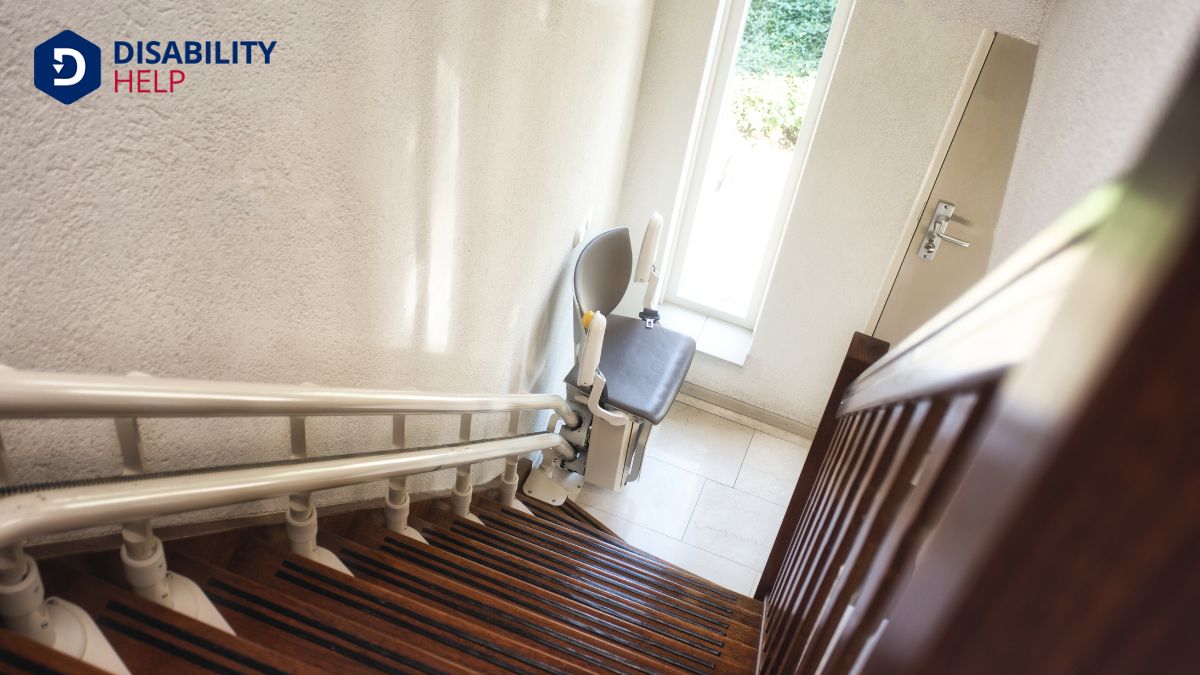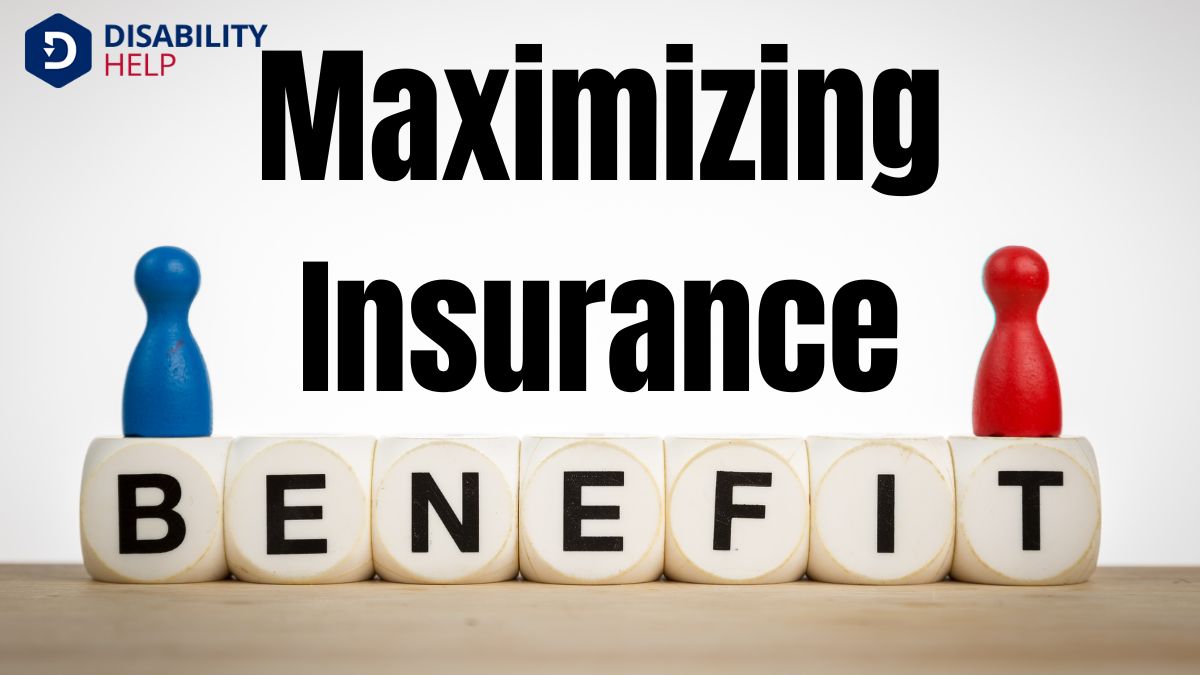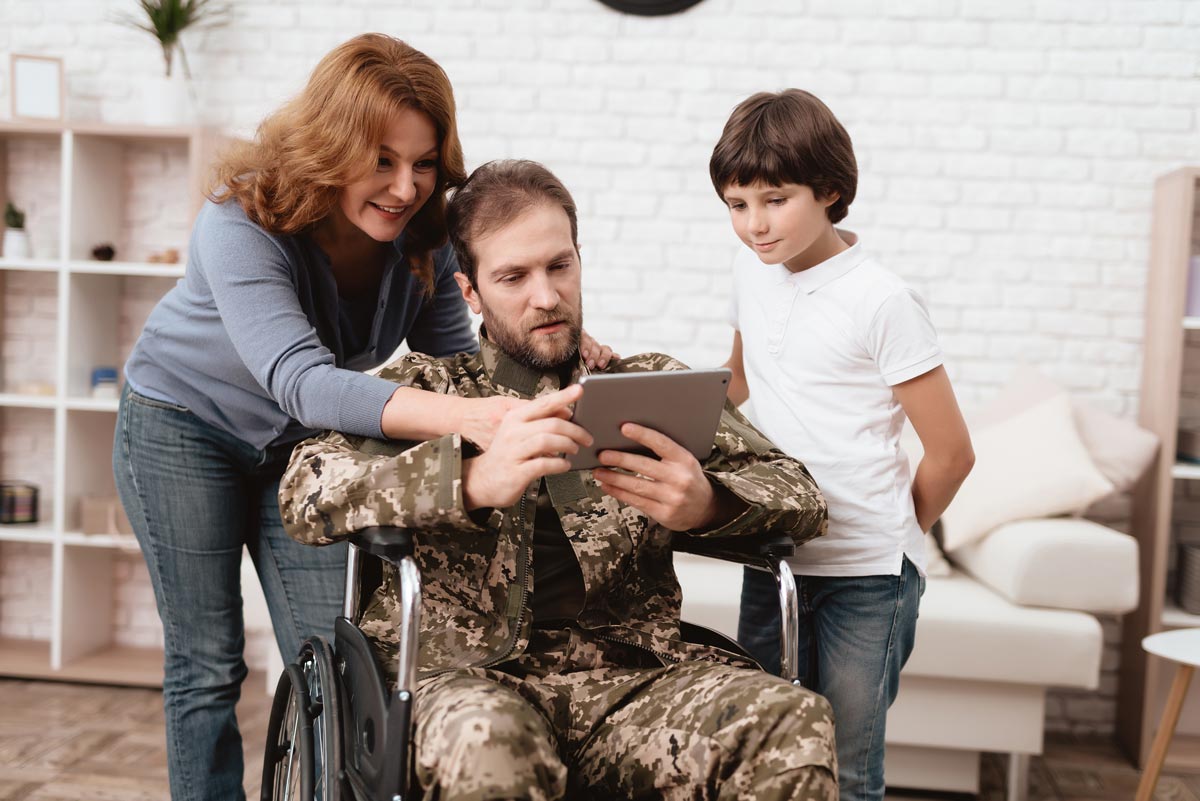Maneuvering the world of insurance coverage for stairlifts can be challenging, as it varies greatly depending on the type of policy we have. While we'd like straightforward answers, the reality is more complex. MedicareA U.S. federal health insurance program for people aged 65 and older, and for some younger people wi..., private insurance, MedicaidA U.S. government program that provides health coverage to eligible low-income individuals, includin..., and veterans' benefits each have their own rules and potential opportunities. So, how do we determine if our insurance will cover a stairliftA motorized chair that travels along a rail attached to a staircase, enabling individuals with mobil...? Let's explore the options and find the best path forward.
Key Takeaways
- Private health insuranceA system for paying for medical services, often covering preventive, diagnostic, and treatment costs... may cover stairlifts under durable medical equipment, requiring policy review and medical necessity documentation.
- Medicare generally does not cover stairlifts, but exceptions may exist; consult healthcare providers for guidance.
- Medicaid coverage for stairlifts varies by state and requires meeting medical necessity and financial eligibility criteria.
- Veterans' benefits like SAH and HISA grants can assist with stairlift costs for eligible veterans.
- Financial assistance programs and nonprofits may offer grants or loans for stairlift purchases.
Understanding Stairlift Costs

When considering the purchase of a stairlift, it’s essential to understand the factors that contribute to its cost. Let’s break it down together.
The price depends on the type of stairlift we need—straight or curved. Straight stairlifts cost less, while curved ones are custom-made and pricier.
The length of our staircase also affects the price, as longer staircases require more materials.
We should think about the features we want, like swivel seats or remote controls, which can add to the cost.
Installation charges are another factor; professional fitting guarantees safety and reliability.
Finally, we must remember that brand reputation and warranty options can influence the overall expense.
Evaluating Private Health Insurance Coverage
How do we determine if our private health insurance covers the cost of a stairlift? First, we’ll need to thoroughly review our insurance policy. Here’s a step-by-step approach:
- Check the Policy: Let’s read the policy documents or log in to our insurer’s website to see if stairlifts are mentioned under durable medical equipment (DME).
- Contact Customer Service: We should call our insurance company’s customer service to confirm coverage details and ask specific questions about stairlift inclusionThe practice of creating environments in which any individual or group can be and feel welcomed, res....
- Get a Doctor’s Note: If required, we may need a doctor’s prescription stating that a stairlift is medically necessary for mobility.
- Submit a Claim: Once we verify coverage, the next step is to follow our insurer’s claim process for reimbursement or direct payment.
Navigating Medicare Policies
While we've explored the nuances of private health insurance, it's equally important to understand how Medicare handles stairlift coverage. Unfortunately, Medicare doesn't typically cover stairlifts as they're considered home modifications, not durable medical equipment.
However, there are ways we can navigate these policies to explore alternative solutions. For instance, if a doctor deems a stairlift medically necessary, we might engage in discussions about potential exceptions or additional benefits.
We should also look into Medicare Advantage plans, which sometimes offer more lenient policies or additional benefits that could include home modifications.
Staying informed about policy changes is essential for identifying any new opportunities. Let's make sure we contact Medicare or consult a Medicare advisor for the most accurate and personalized advice tailored to our specific needs.
Exploring Medicaid Assistance
Let’s explore how Medicaid might help with the costs of a stairlift.
We'll first need to understand the coverage criteria to see if we qualify.
Once we've got that down, we'll walk through the application process step by step together.
Medicaid Coverage Criteria
Understanding Medicaid's coverage criteria for a stairlift can be complex, yet it's essential for those seeking financial assistance for this important mobility aid.
To navigate this, let's break down what we need to know. Medicaid's support varies by state, so it's important to check local regulations.
Here are some common criteria to keep in mind:
- Medical Necessity: The stairlift must be deemed medically necessary by a healthcare professional.
- Home Environment: The home should be deemed suitable for a stairlift installation.
- Financial Eligibility: Income and asset limits must meet state-specific Medicaid requirements.
- Prior Authorization: Approval must be obtained from Medicaid before purchasing the stairlift.
Application Process Steps
Maneuvering the criteria for Medicaid coverage is just the first step toward obtaining a stairlift. Once we've confirmed eligibility, the application process becomes our focus.
First, gather all necessary documents, such as proof of income and medical necessity. These are important to ensuring a smooth application. Next, we should complete and submit the Medicaid application form, either online or through a local office. It’s critical to double-check for accuracy to avoid delays.
Throughout the process, we can stay proactive by following up with Medicaid representatives. This step is significant if we encounter any issues or need clarification.
Investigating Veterans' Benefits
How can veterans leverage their benefits to cover the cost of a stairlift? Let's explore some options available through the Department of Veterans Affairs (VA)A U.S. government agency that provides services and benefits to military veterans, including those w....
As veterans, we might qualify for assistance that can greatly reduce or even cover the costs of a stairlift. Here are four ways we can investigate:
- Specially Adapted Housing (SAH) Grant: This grant helps veterans with certain disabilities modify their homes for better mobility.
- Home Improvements and Structural Alterations (HISA) Grant: This grant provides funds for necessary home modifications, including stairlifts.
- Veterans Directed Home and Community Based Services (VD-HCBS): This program offers a budget for veterans to manage their own care, potentially including stairlifts.
- Local VA Offices: Contacting our local VA offices can help us understand specific benefits applicable to our situation.
Employer-Sponsored Insurance Considerations
When we're evaluating whether employer-sponsored insurance will cover a stairlift, we need to first look at the coverage eligibility criteria.
Some plans may cover such equipment if it's deemed medically necessary, but it's essential to understand the specific policy limitations.
Let's make sure we review these details carefully to see what's possible within our own insurance plans.
Coverage Eligibility Criteria
Employer-sponsored insurance plans often play an essential role in determining whether stairlift costs are covered.
To navigate this, we need to understand key coverage eligibility criteria. Here’s what we should check:
- Medical Necessity: Insurers generally require documentation proving the stairlift is medically necessary. This often involves a doctor's note.
- Policy Terms: Review the specific terms of our plan, as some may offer partial coverage or require prior authorization.
- Network Providers: Confirm if the stairlift supplier is within the insurance network to maximize benefits and minimize out-of-pocket expenses.
- Plan Exclusions: Be aware of any exclusions in our policy that might affect coverage, such as limitations on home modifications.
Policy Limitations Explained
While traversing employer-sponsored insurance plans, we often encounter policy limitations that can impact stairlift coverage. These plans may not explicitly include stairlifts as a covered benefit, leaving us to navigate alternative solutions.
It’s essential to review the specific terms of our policy, as some employer plans might offer partial coverage or require a physician’s recommendation.
We should also be aware of annual or lifetime maximums that can restrict the total amount payable for durable medical equipment. Understanding these limits helps us plan for potential out-of-pocket expenses.
Let's proactively communicate with our HR departments or insurance providers to clarify what’s included in our plan. This guarantees we’re not caught off guard by unexpected exclusions or limitations when seeking stairlift reimbursement.
State and Local Assistance Programs
Although traversing the world of stairlift funding can be challenging, state and local assistance programs often provide valuable support.
We can explore these options to help cover the costs of a stairlift installation. Here are some avenues we might consider:
- State Medicaid Waivers: Some states offer Medicaid waivers that cover home modifications, including stairlifts, for those who qualify.
- Area Agencies on Aging: These agencies may offer grants or low-interest loans specifically for seniors needing home modifications.
- Vocational RehabilitationServices that help individuals with disabilities prepare for, obtain, and maintain employment. Programs: Individuals with disabilities might qualify for assistance if a stairlift is essential for accessing employment or education.
- State Assistive Technology Programs: Many states provide low-cost lending programs to help residents afford assistive devices like stairlifts.
Let’s explore these programs to find the right support for our needs.
Financial Assistance From Nonprofits
Nonprofits can be an essential resource when seeking financial assistance for a stairlift. They often focus on helping those in need access necessary mobility aidsDevices designed to help individuals move around more easily, such as canes, walkers, or wheelchairs....
We can find organizations dedicated to assisting seniors, individuals with disabilities, or low-income families. These groups might offer grants, low-interest loans, or even direct donations of equipment.
To get started, we should research local and national nonprofits that align with our situation. Contacting them directly can provide information about available programs and application processes.
It’s also helpful to ask about any specific eligibility criteria. By leveraging these resources, we can alleviate some of the financial burdens associated with purchasing a stairlift.
Let’s explore these opportunities, ensuring we make the most of the support offered by these organizations.
Tips for Maximizing Insurance Benefits

Maneuvering insurance benefits for a stairlift can seem intimidating, but understanding the process can help us make the most of what's available.
Here are some tips to maximize our insurance benefits effectively:
- Review Our Policy: Let's start by carefully reading our insurance policy to understand coverage specifics related to stairlifts. Knowing what's included helps us set realistic expectations.
- Contact the Insurer: We should reach out to our insurance provider for clarification on coverage and any necessary documentation. Direct communication guarantees we're on the right track.
- Gather Medical Documentation: Obtaining recommendations from healthcare professionals strengthens our case for needing a stairlift. Medical necessity often influences approval.
- Explore Additional Options: If full coverage isn't possible, we can ask about other financial assistance programs or partial reimbursements. Persistence can uncover more resources.
Conclusion
In summary, traversing stairlift coverage can be challenging, but we're here to help you make informed decisions. By thoroughly reviewing your insurance options, whether it's private health insurance, Medicaid, or veterans' benefits, you can determine the best path forward. Don't forget to explore employer-sponsored plans, state programs, and nonprofit assistance for additional support. Maximizing your benefits requires diligence and communication with your providers, ensuring you or your loved ones receive the necessary assistance.






